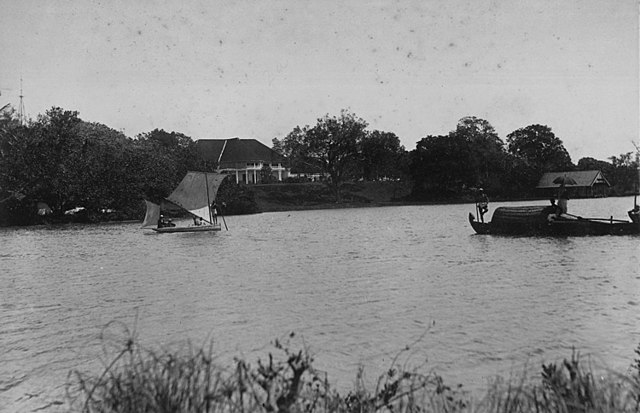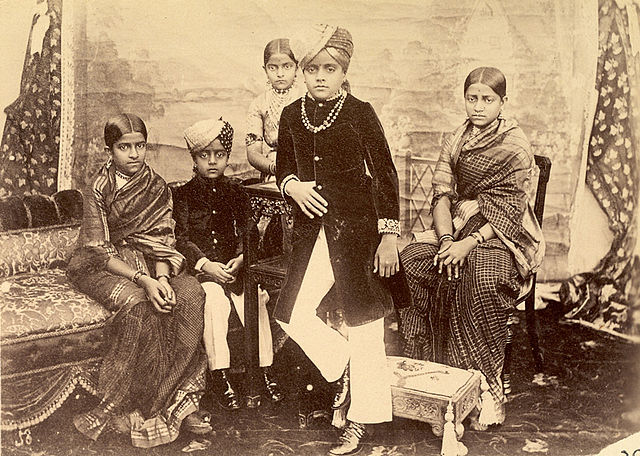Bahawalpur (princely state)
Bahawalpur was a princely state in subsidiary alliance with British Raj and later Dominion of Pakistan, that was a part of the Punjab States Agency. The state covered an area of 45,911 km2 (17,726 sq mi) and had a population of 1,341,209 in 1941. The capital of the state was the town of Bahawalpur.
Nawab Mohammad Bahawal Khan, founder of the Bahawalpur state
Noor Mahal palace, constructed in 1872 by Sadeq Mohammad Khan IV
Derawar Fort was a major fort for the Nawabs in the Cholistan Desert
Darbar Mahal palace, constructed in 1905 by Bahawal Khan V
A princely state was a nominally sovereign entity of the British Indian Empire that was not directly governed by the British, but rather by an Indian ruler under a form of indirect rule, subject to a subsidiary alliance and the suzerainty or paramountcy of the British crown.
Political subdivisions of the Indian Empire in 1909 with British India (pink) and the princely states (yellow)
Sayajirao Gaekwad III, the maharaja of Baroda State.
An old image of the British Residency in the city of Quilon, Kerala
An 1895 group photograph of the eleven-year-old Krishnaraja Wadiyar IV, ruler of the princely state of Mysore in South India, with his brothers and sisters. In 1799, his grandfather, then aged five, had been granted dominion of Mysore by the British and forced into a subsidiary alliance. The British later directly governed the state between 1831 and 1881.








